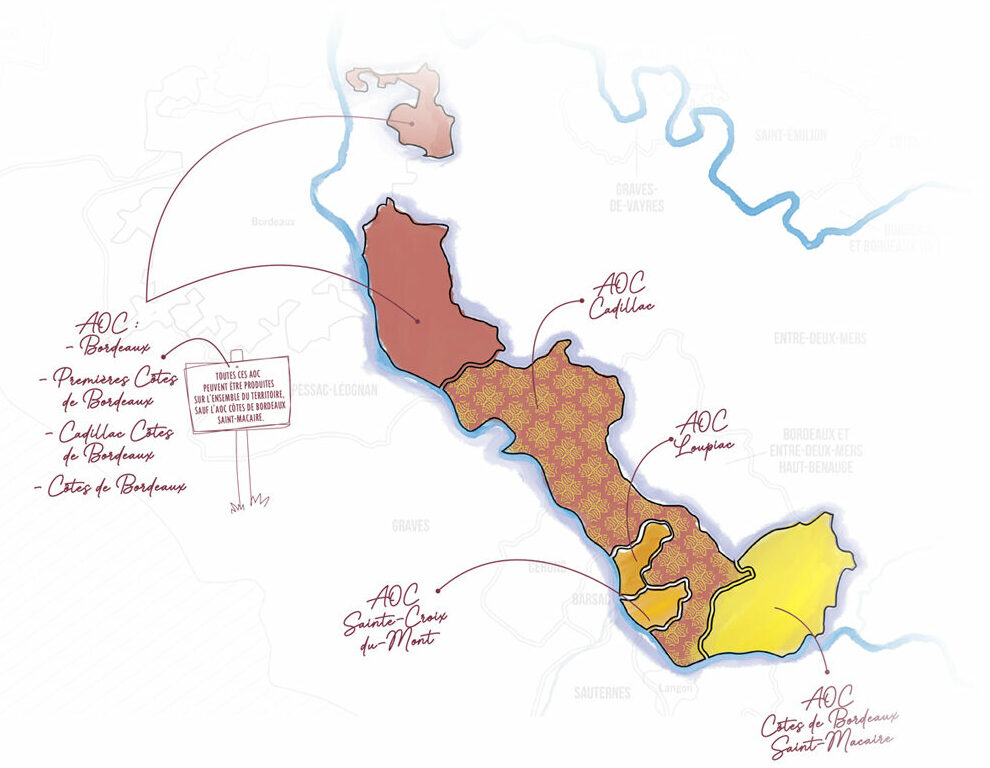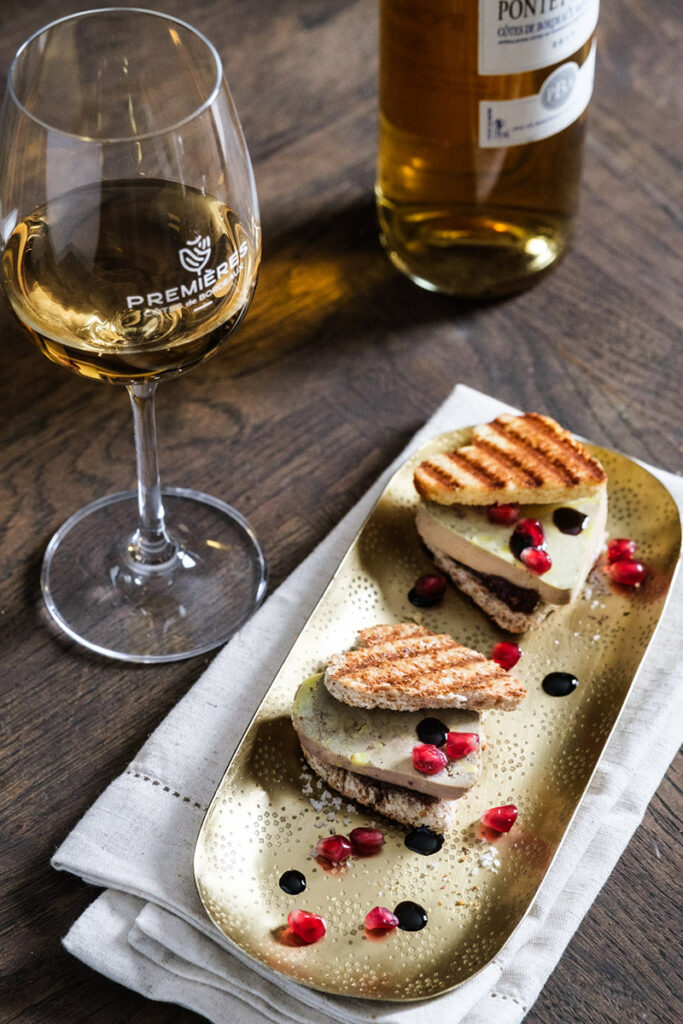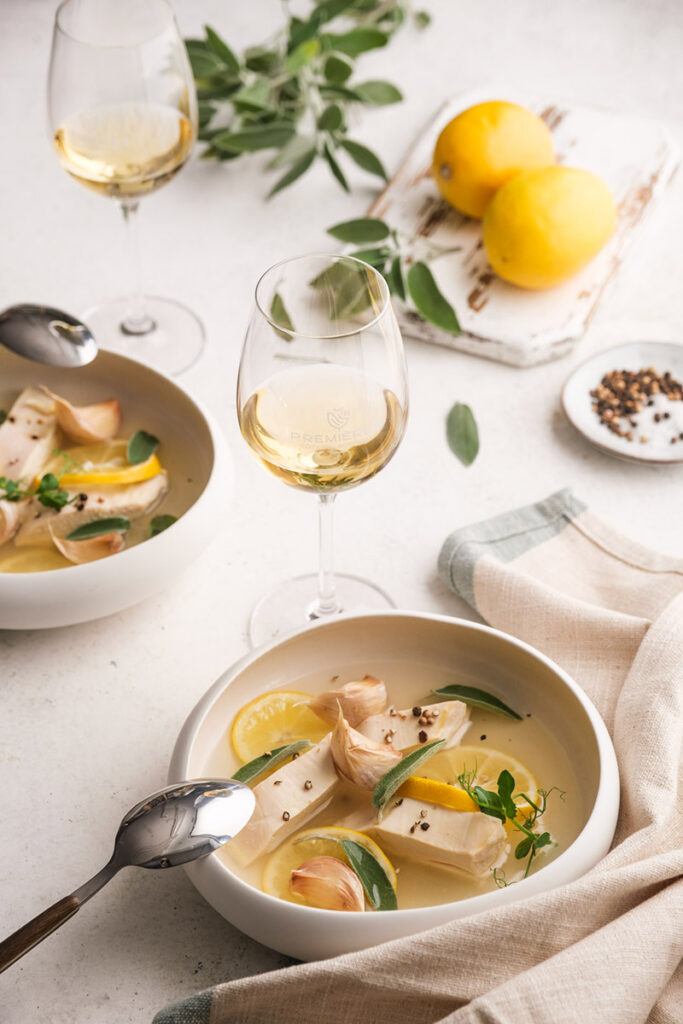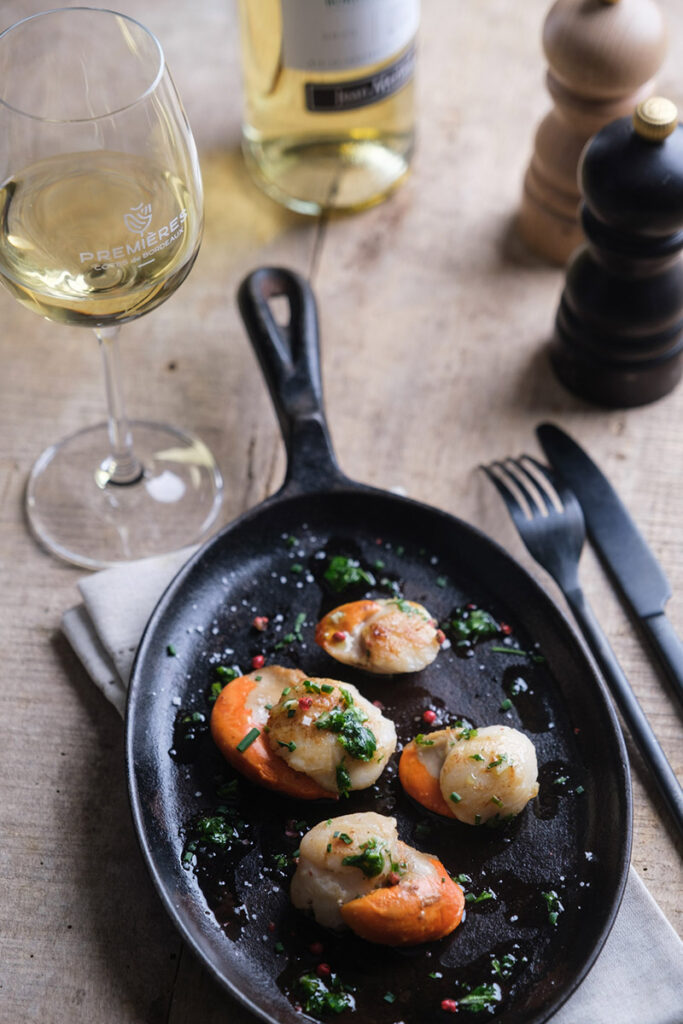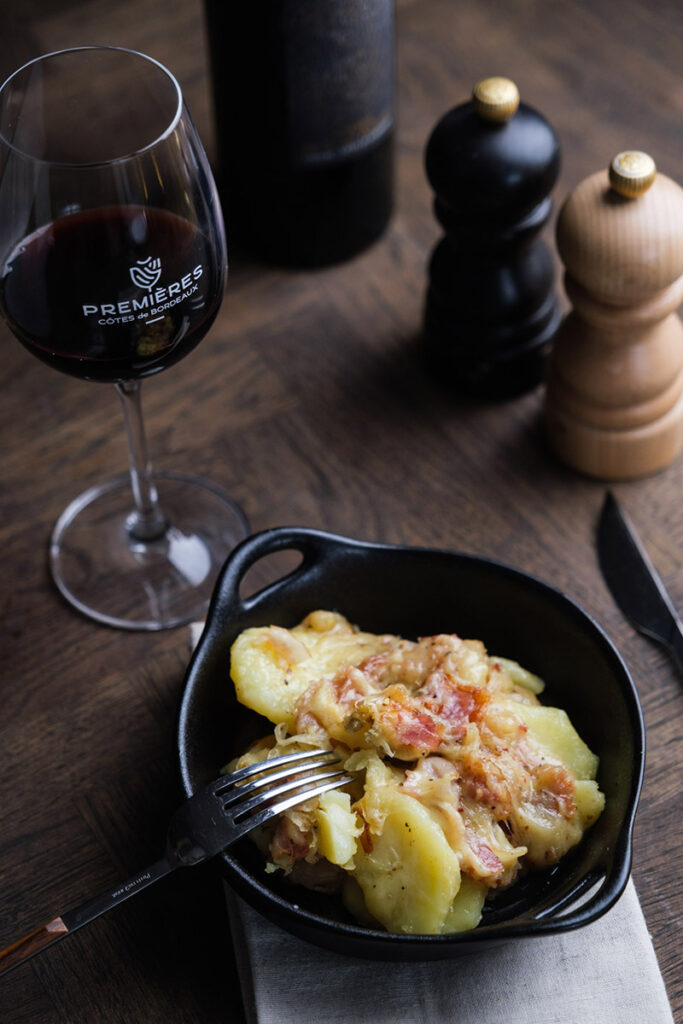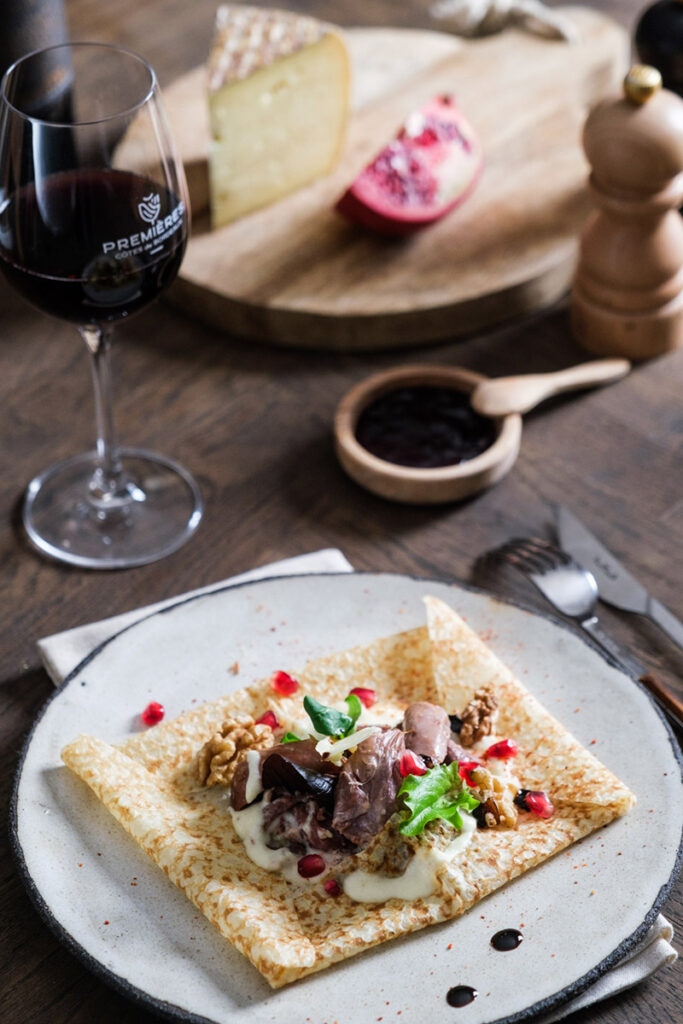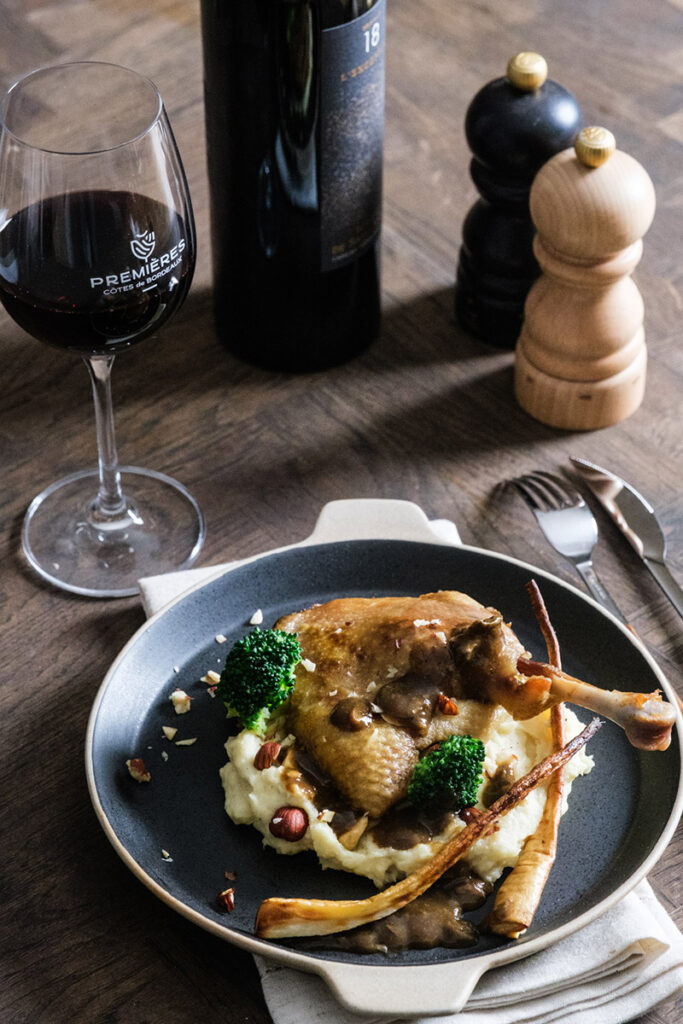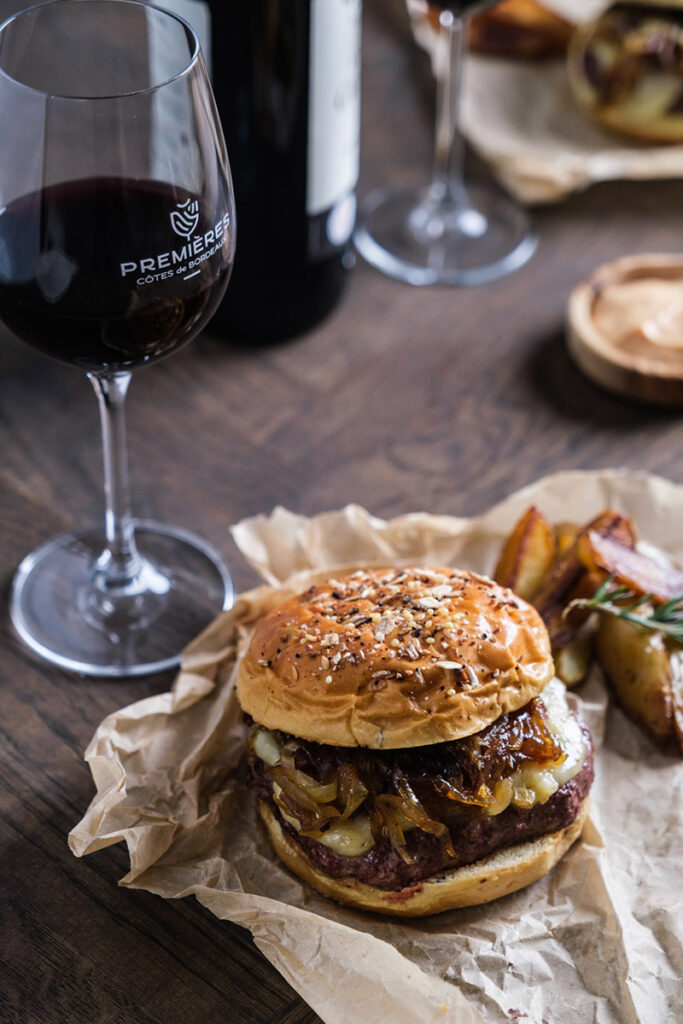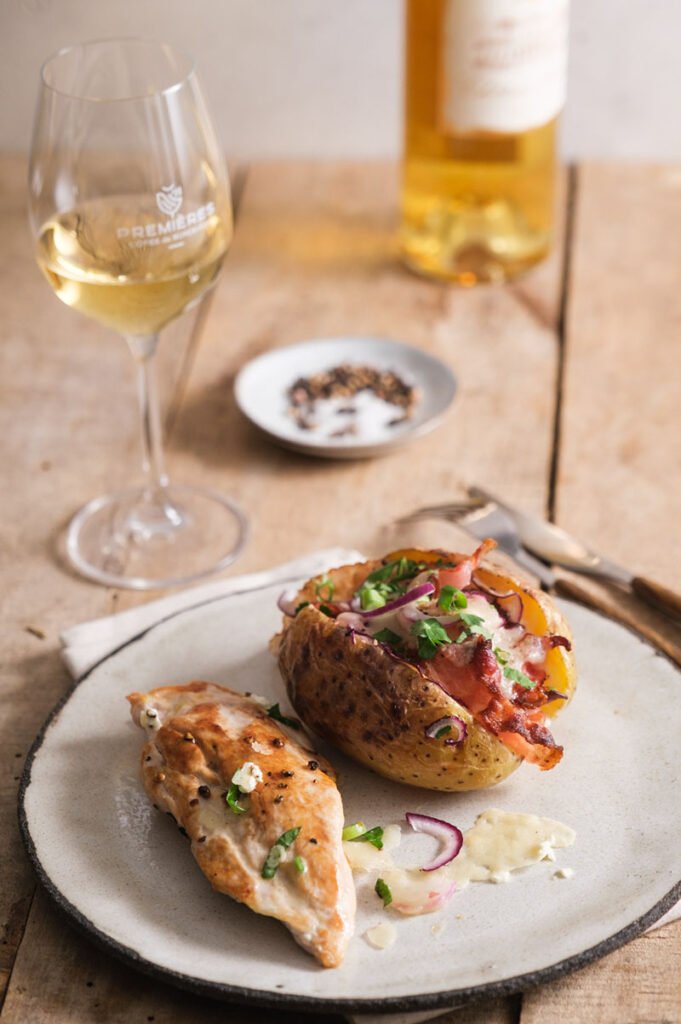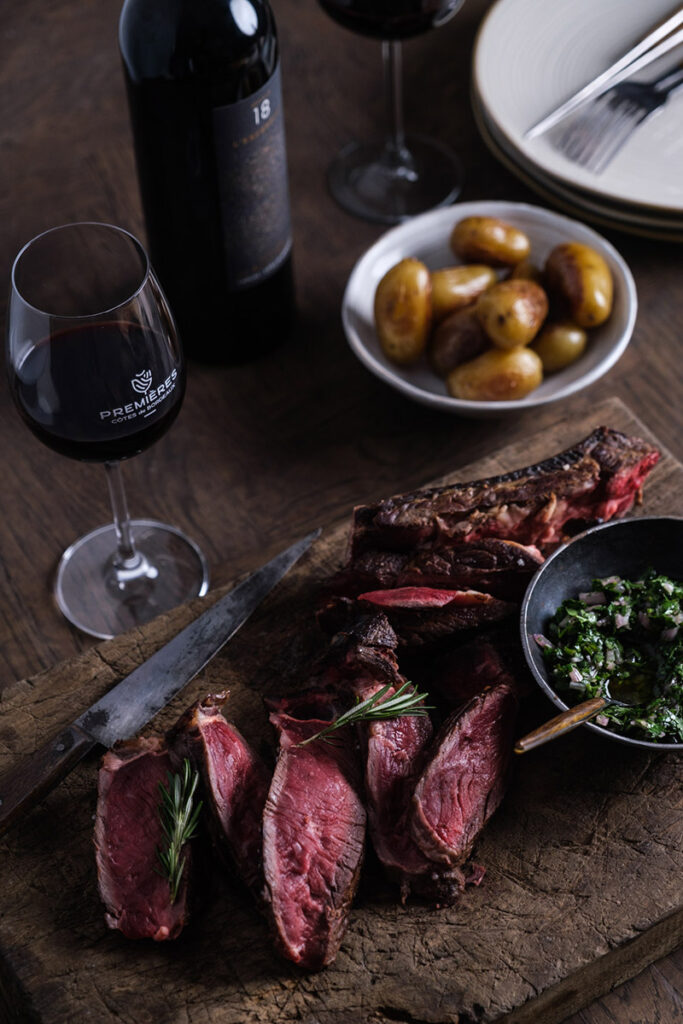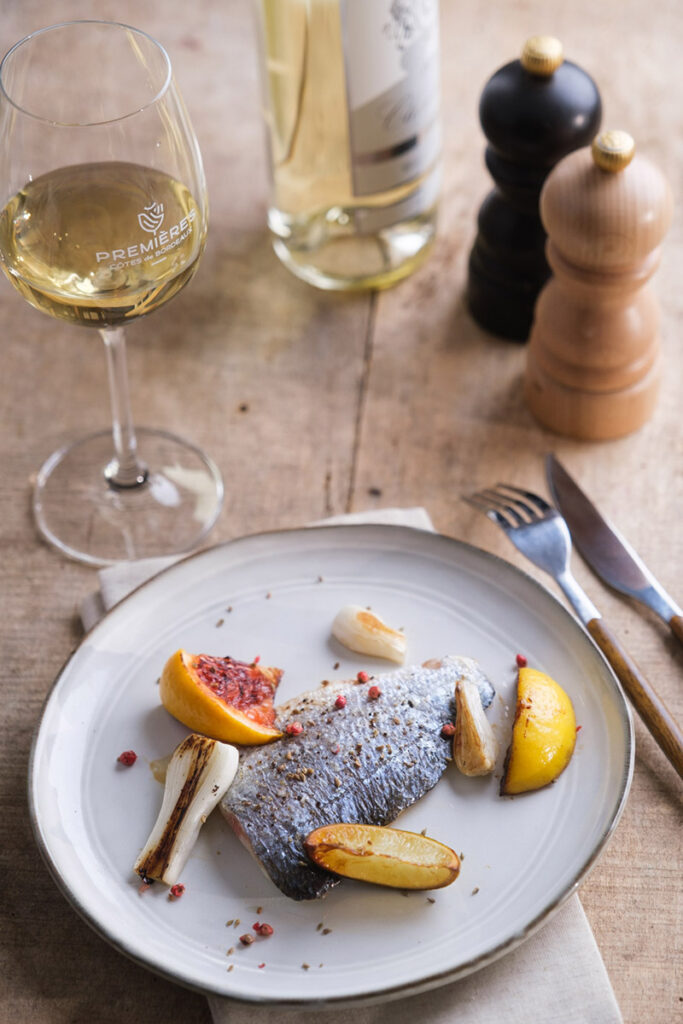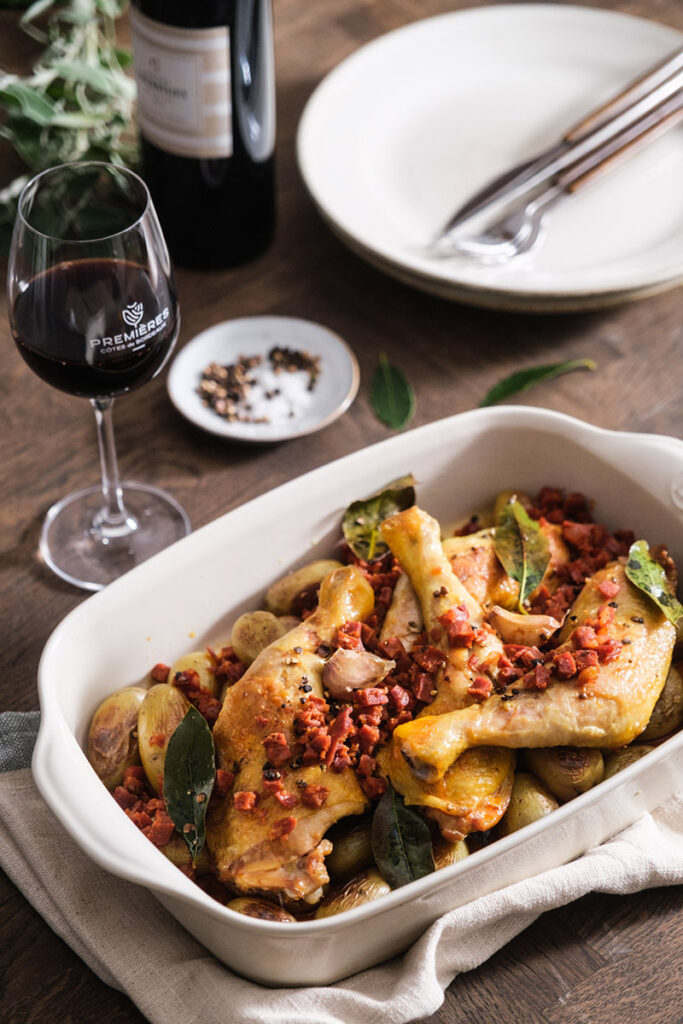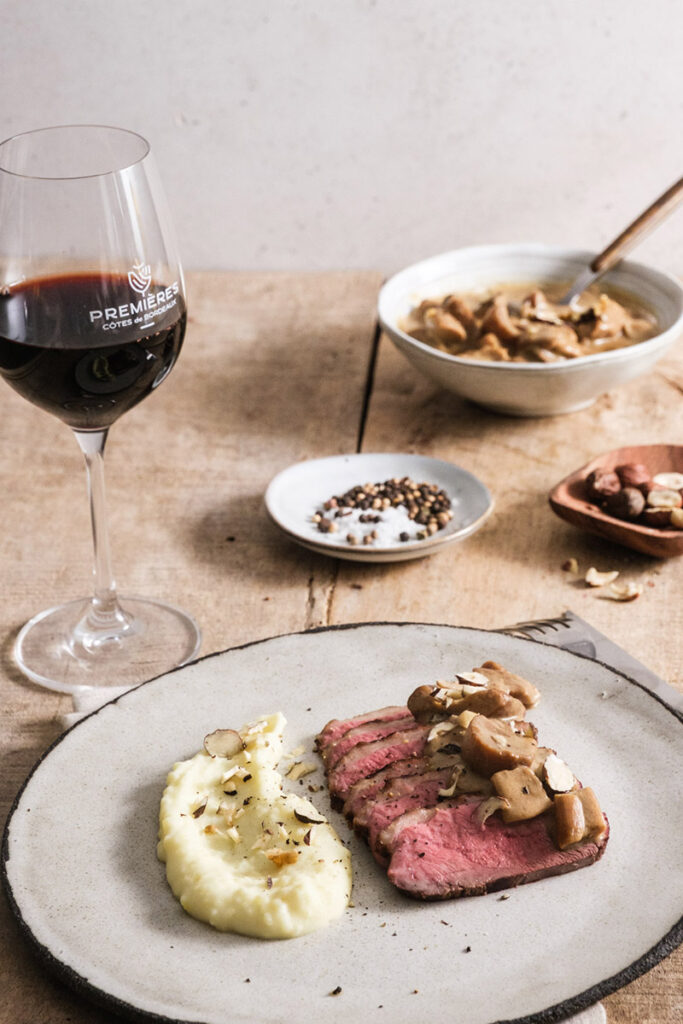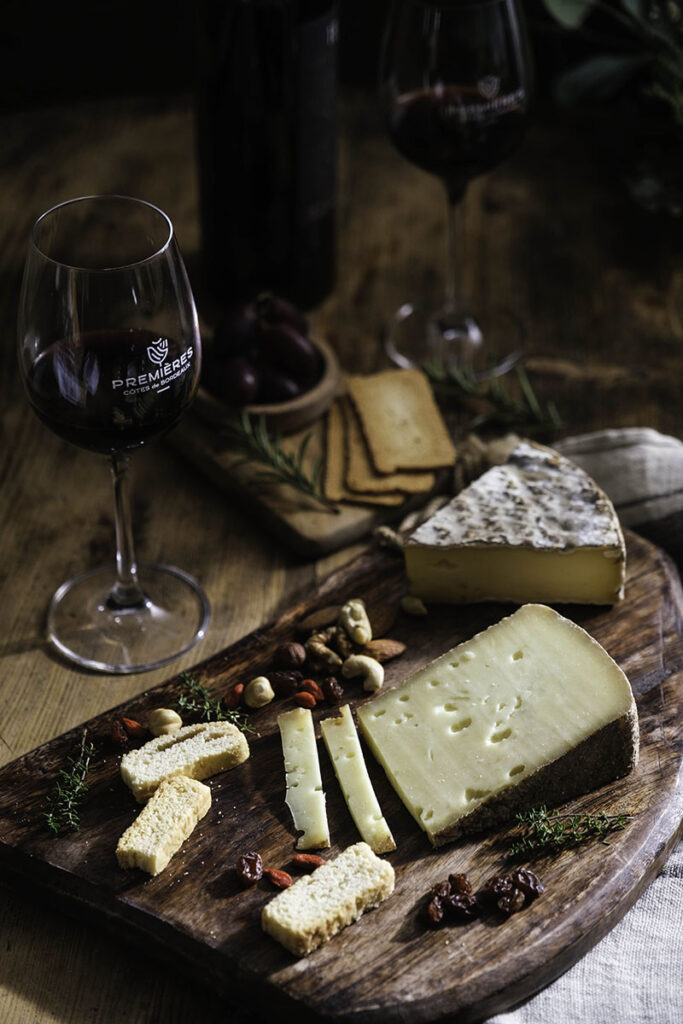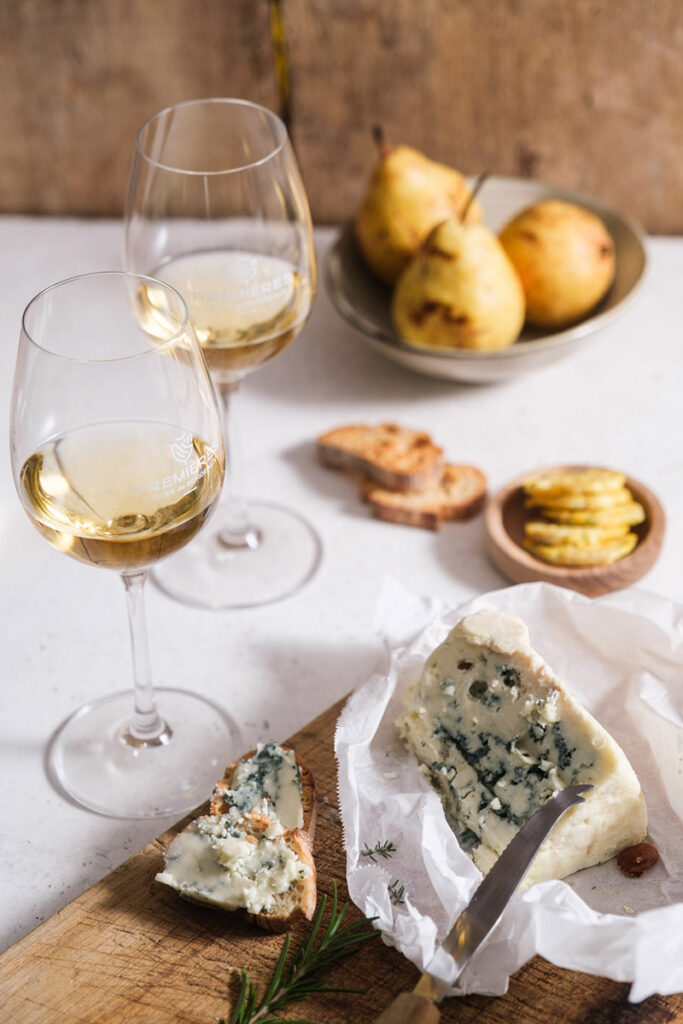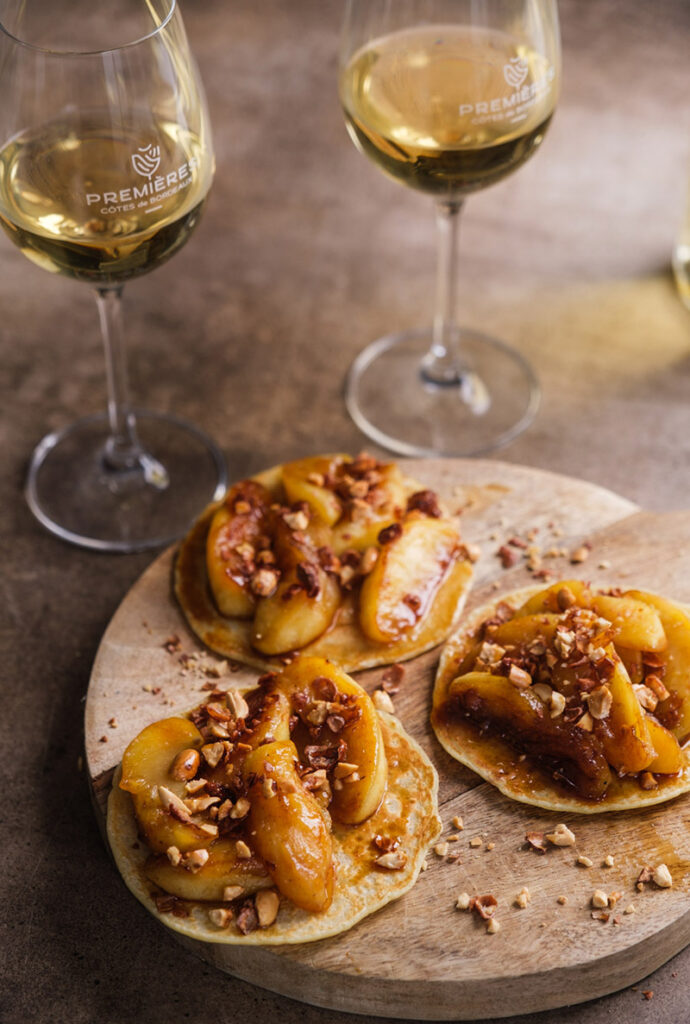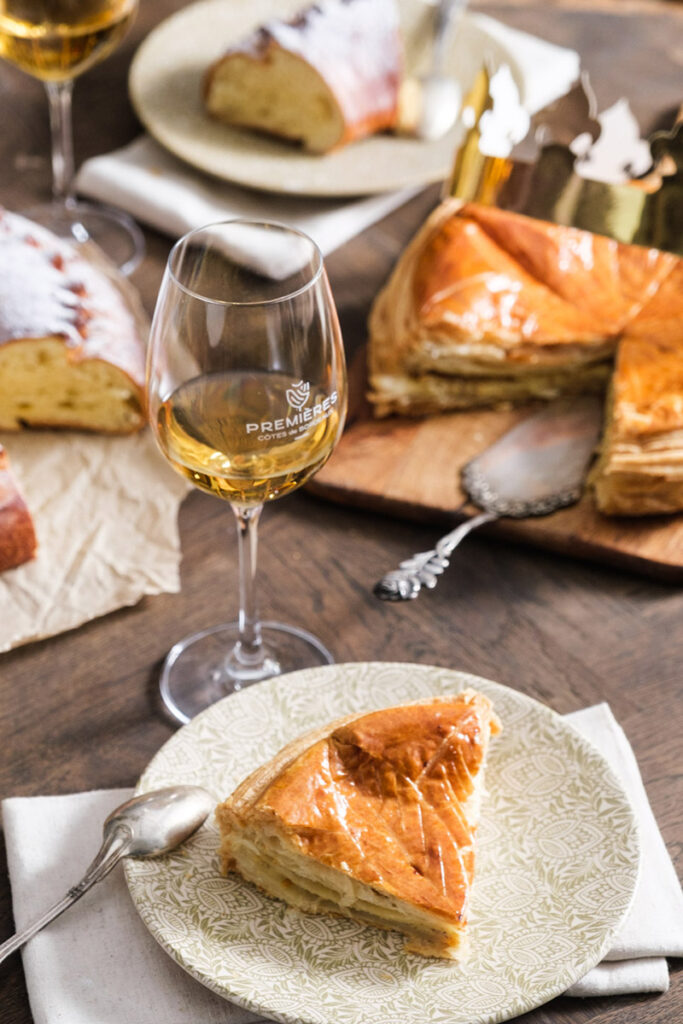The Premières Côtes de Bordeaux region stretches across hills overlooking the Garonne River, offering a rolling landscape where vineyards, forests, and meadows blend harmoniously. This exceptional terroir, shaped by diverse soils — clay-limestone, gravel, and silt — and a river-tempered climate, gives the wines remarkable richness and diversity.
One region, 8 AOCs
One region, 8 AOCs
The Premières Côtes de Bordeaux region stretches across hills overlooking the Garonne River, offering a rolling landscape where vineyards, forests, and meadows blend harmoniously. This exceptional terroir, shaped by diverse soils — clay-limestone, gravel, and silt — and a river-tempered climate, gives the wines remarkable richness and diversity.
25 M
bottles / year
145
producers
5500
hectares
The AOCs and Wine Colors
AOC Bordeaux and AOC Premières Côtes de Bordeaux
AOC
Cadillac
Sweet white
AOC
Sainte-Croix-du-Mont
Sweet white
AOC
Loupiac
Sweet white
is entitled to claim the appellation.
AOC
Cadillac Côtes de Bordeaux
Red
AOC
Côtes de Bordeaux
Red
AOC
Côtes de Bordeaux Saint-Macaire
Sweet and dry white
AOC
Bordeaux
Sweet and dry white wine / Red wine / Rosé / Crémant
AOC
Premières Côtes de Bordeaux
Sweet white
This microscopic fungus settles on the grapes and concentrates their aromas.
140 women and men cultivate the richness of the Premières Côtes de Bordeaux region...
They are its soul and its face.
Here are some of their stories...

Organic farming, adopted since 2020, plays a key role in this nature-respecting approach. The clay, limestone, and gravel soils are carefully tended without chemical products, and natural grassing encourages biodiversity. The vine, a witness to the family's heritage, is both rooted in history and oriented toward the future, with a gradual renewal of the plantings to adapt to climate change.
Each vintage reflects the climate of its year, and rather than trying to smooth out these variations, the estate highlights them. "We let each vintage tell its story, with its surprises and challenges." This respect for life is also present in the winemaking process, carried out on-site by the family, who have passed down their expertise for five generations.
The authenticity of the estate is lived daily—through every gesture in the vineyard and every moment of sharing. "Observing the vine, understanding its needs, acting with precision—that's what guides us." And when evening falls, these moments continue with visitors passing through the estate, where conversations unfold about wine, the land, and family history. In this way, Vignobles Pestoury cultivates not only their vines, but also the precious bond between nature and heritage.
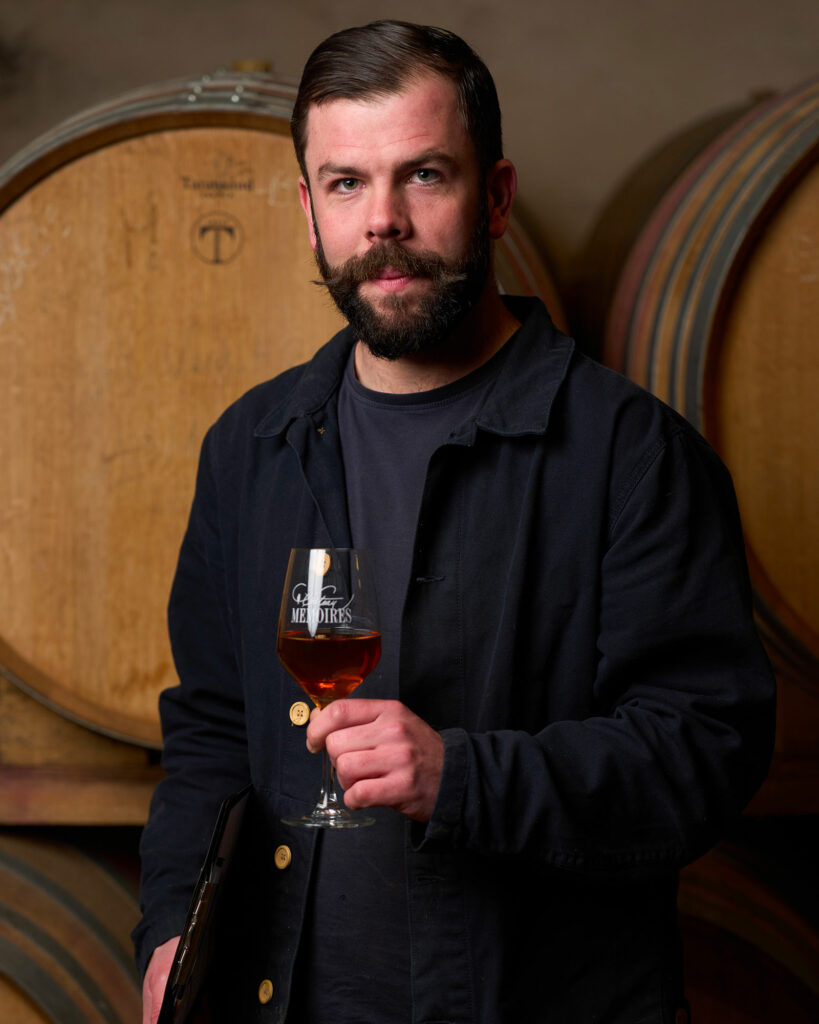
A pioneer in its environmental approach, the estate has been certified Organic since 2012 and took a further step in 2019 by converting to Biodynamic farming. This commitment translates into a viticulture that respects all living things, where each grape variety—Merlot, Cabernet Sauvignon, Malbec, Petit Verdot for reds, and Sauvignon, Sémillon, and Muscadelle for whites—fully expresses its terroir.
Labeled “Vignobles et Chais en Bordelais,” Château Mémoires is a place where history and culture blend with wine. Located between the calvary of Verdelais, François Mauriac’s Château Malagar, and Malromé, the former residence of Toulouse-Lautrec, the estate offers a breathtaking view over the Garonne Valley.
An ideal setting to discover authentic wines, rooted in their terroir and driven by a forward-looking vision.

Château Crabitan Bellevue offers a range of wines that highlights the richness of the terroir. The Sainte-Croix-du-Mont wines express all the finesse of sweet wines, with notes of candied fruit and beautiful aromatic complexity. The Bordeaux reds are fruity and well-balanced, with good structure and silky tannins, while the dry Bordeaux whites charm with their freshness and citrus aromas.
At Château Crabitan Bellevue, each bottle tells a story—that of a family committed to preserving both its terroir and its know-how. Between tradition and modernity, the estate continues to write its story through authentic, approachable wines, to be discovered on-site or at the fairs and exhibitions that have built its reputation.
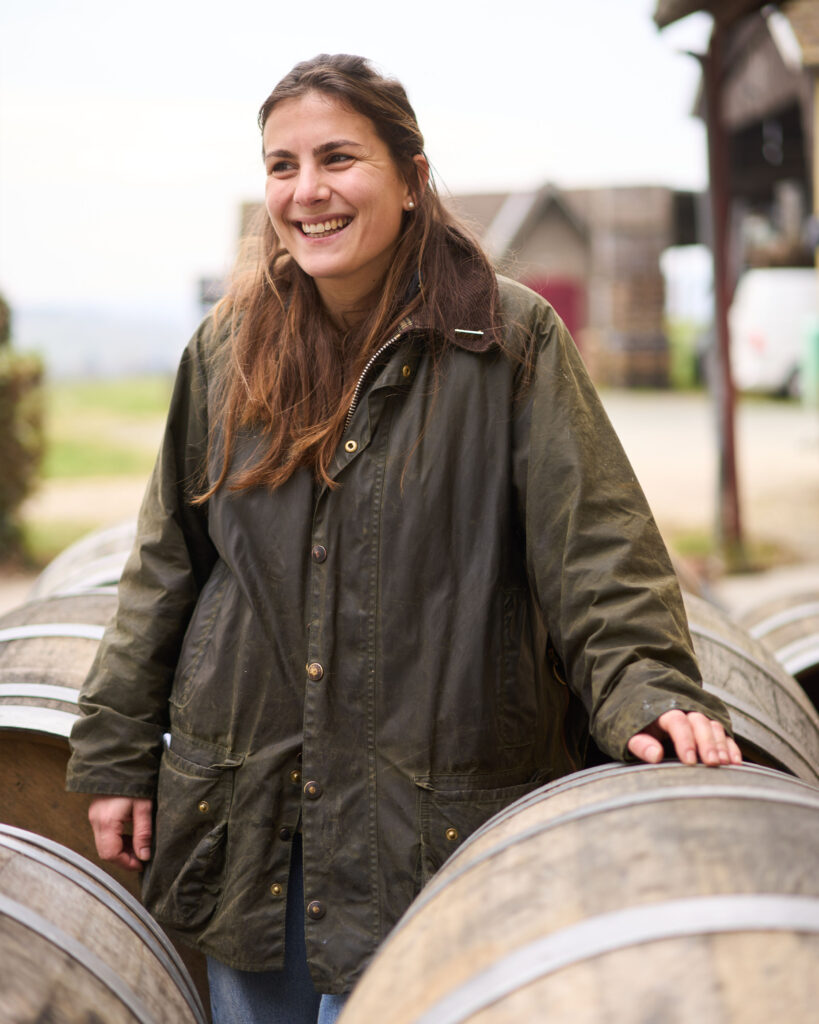
The estate’s wines are made to be enjoyed without pretense. "Our wines should be understood and loved naturally, even by those who think they know nothing about wine." With a complete range—dry white, red, rosé, semi-sweet, sweet, and Crémant—they pair beautifully with simple, genuine moments: a pot-au-feu with a red Côtes de Bordeaux, cheese with a dry white, or a lemon tart enhanced by a sweet wine.
The terroir shapes their character: limestone hillsides where the vine draws a minerality that gives the wines a balance between freshness and depth. A family legacy, the estate’s sweet wine has been produced without interruption since 1836—a commitment Clémence intends to uphold: "Despite challenging times, we will continue this cuvée, just as my father did before me."
Aware of the challenges facing viticulture, the estate relies on a sustainable approach: natural ground cover, adapted practices, and soil preservation. "We do what we can with what we have, so the vine will still be here tomorrow."
And then there are the unique landscapes of the Premières Côtes de Bordeaux, where working on steep slopes becomes a moment of contemplation. "The serenity you feel on these hillsides is incredible." Just like during harvest, when the day comes to an end and the team gathers, a glass in hand, under the last rays of sunlight — a suspended moment that captures the soul of Château Bel Air.
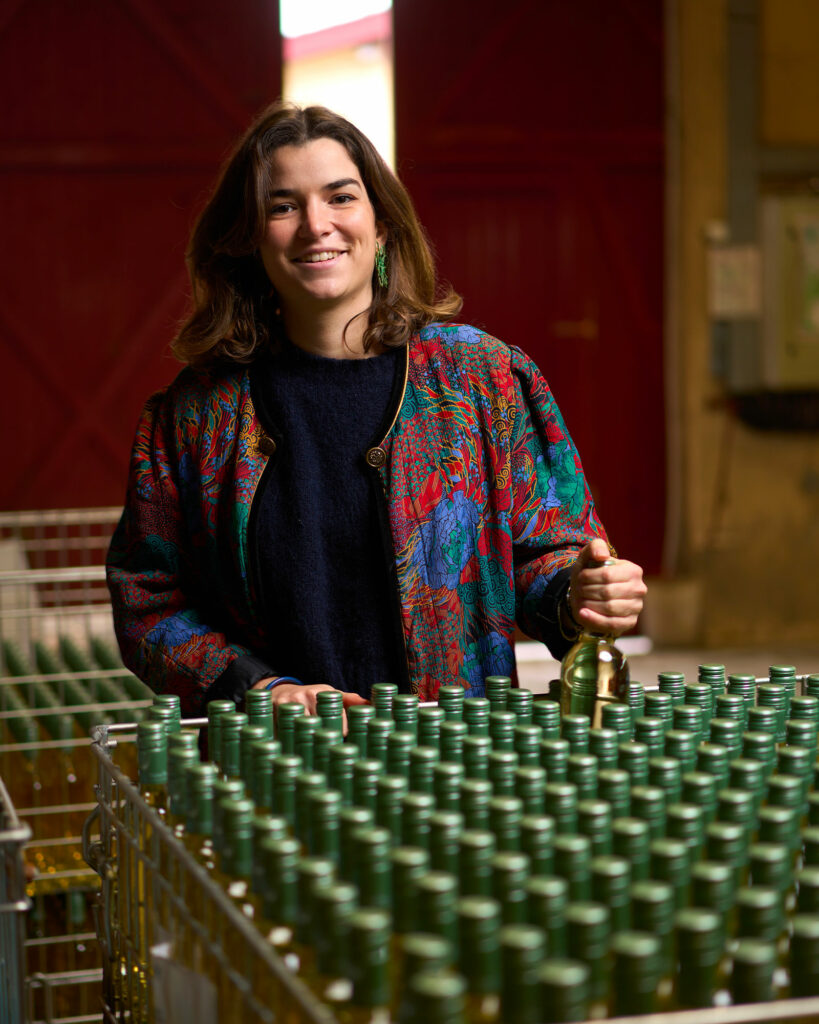
This diversity is reflected in a colorful and approachable range of wines, designed for every tasting occasion. From crisp whites to structured reds, including sweet wines and even an orange wine, each cuvée reveals a different facet of the terroir. The latest creation, Berries, a light and fruity red, delights with its indulgent character and freshness.
The authenticity of the estate is rooted in a deep respect for the terroir and a meticulous approach to winemaking. The 17th-century underground quarries, used as aging cellars, provide ideal conditions for wine preservation while showcasing the estate’s heritage.
Committed to a sustainable and responsible approach, the estate preserves hectares of meadows and forests, invests in renewable energy, and strives to minimize its environmental impact. Here, the wine reflects a preserved landscape and a know-how that respects nature.
Finally, Château Lamothe de Haux embodies the spirit of the Premières Côtes de Bordeaux: a balance between nature and proximity to Bordeaux. Among vineyards, forests, and limestone cliffs, the Garonne shapes a unique landscape, ideal for both viticulture and escape.
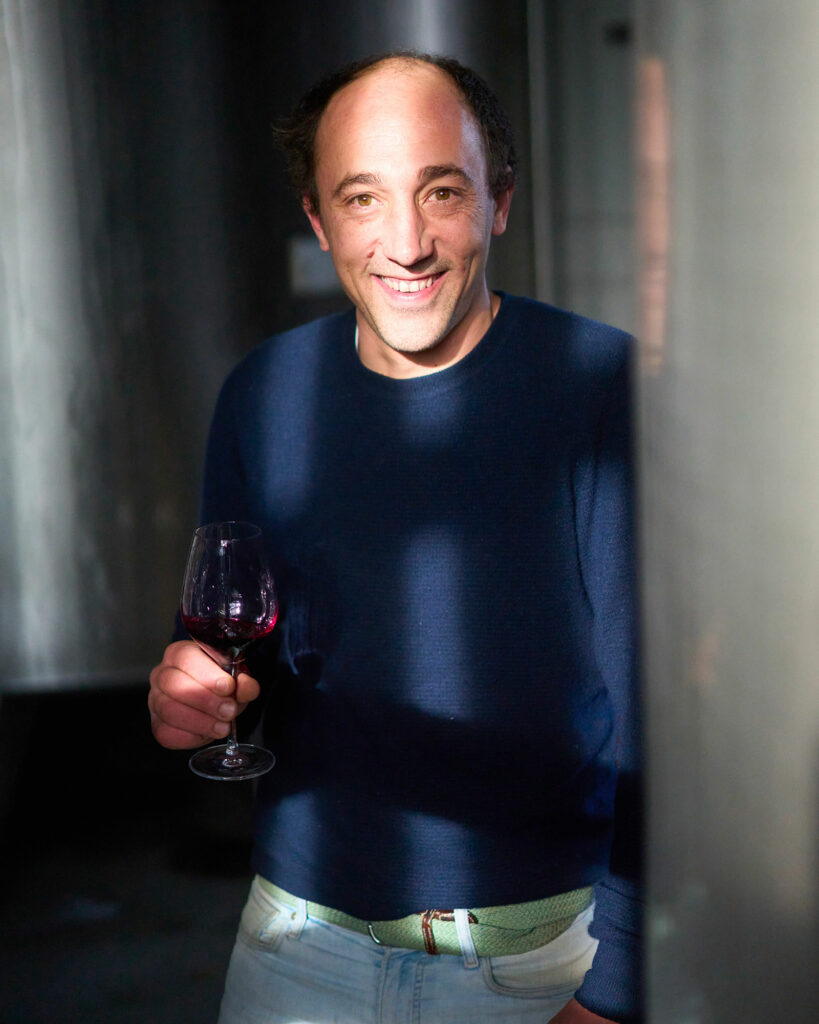
The estate’s wines reflect both the terroir and the vintage, crafted with simplicity to be enjoyed without pretension. "A bottle should be opened to bring people together, to talk, and to share a moment of life." With a range spanning from dry white to red, including Pet’ Nat wines, they naturally find their place at the table: a rack of lamb elevated by the 1603 – Cabernet Sauvignon cuvée, a Garenne white paired with oysters, or a charcuterie board with the 1603 Merlot (no added sulfites).
The authenticity of Château La Peyruche is rooted in an agroecological approach that respects nature. Organic viticulture—soon to be biodynamic—is part of a holistic project that includes fallow land, beehives, vegetable gardens, orchards, and more than 700 trees planted over the past five years. "Making natural wine—there’s nothing more authentic." This vision also carries through to the cellar, with parcel-by-parcel vinification and minimal intervention to preserve the pure expression of the vintage and the terroir.
Set in a timeless haven, the estate benefits from an exceptional diversity of soils and exposures, ranging from gravel to limestone, at altitudes between 32 and 83 meters. A unique natural setting that shapes wines with strong character and invites visitors to immerse themselves in a living, preserved landscape.
The monuments that tell our region’s story
-
Château de Cadillac
This 17th-century château, once the residence of the Dukes of Épernon, is a major site of the region’s architectural heritage.
It offers a journey into the history of the Bordeaux aristocracy and a breathtaking view of the Garonne.
A place that is both cultural and emblematic of the appellation. -
Village of Sainte-Croix-du-Mont
Famous for its sweet wines, this village offers a spectacular panoramic view over the Garonne Valley.
It is also known for its limestone cliffs, fossilized remnants of an ancient sea.
A must-visit destination for lovers of natural landscapes and geology. -
Abbey of La Sauve-Majeure
Listed as a UNESCO World Heritage Site as part of the Routes of Santiago de Compostela, this abbey is a jewel of Romanesque architecture.
Located near the vineyards of the Premières Côtes de Bordeaux, it offers a blend of spirituality and viticulture.
-
Saint-Macaire
This fortified medieval village is a well-preserved site, with its cobbled streets, half-timbered houses, and ramparts. Saint-Macaire is also a starting point for discovering the wines of the appellation. Its old-world charm attracts lovers of history and heritage.
-
Château Malromé
This estate, once the home of the artist Toulouse-Lautrec, combines art, history, and winemaking. It’s a must-visit for those who wish to blend artistic discovery with wine tourism.
